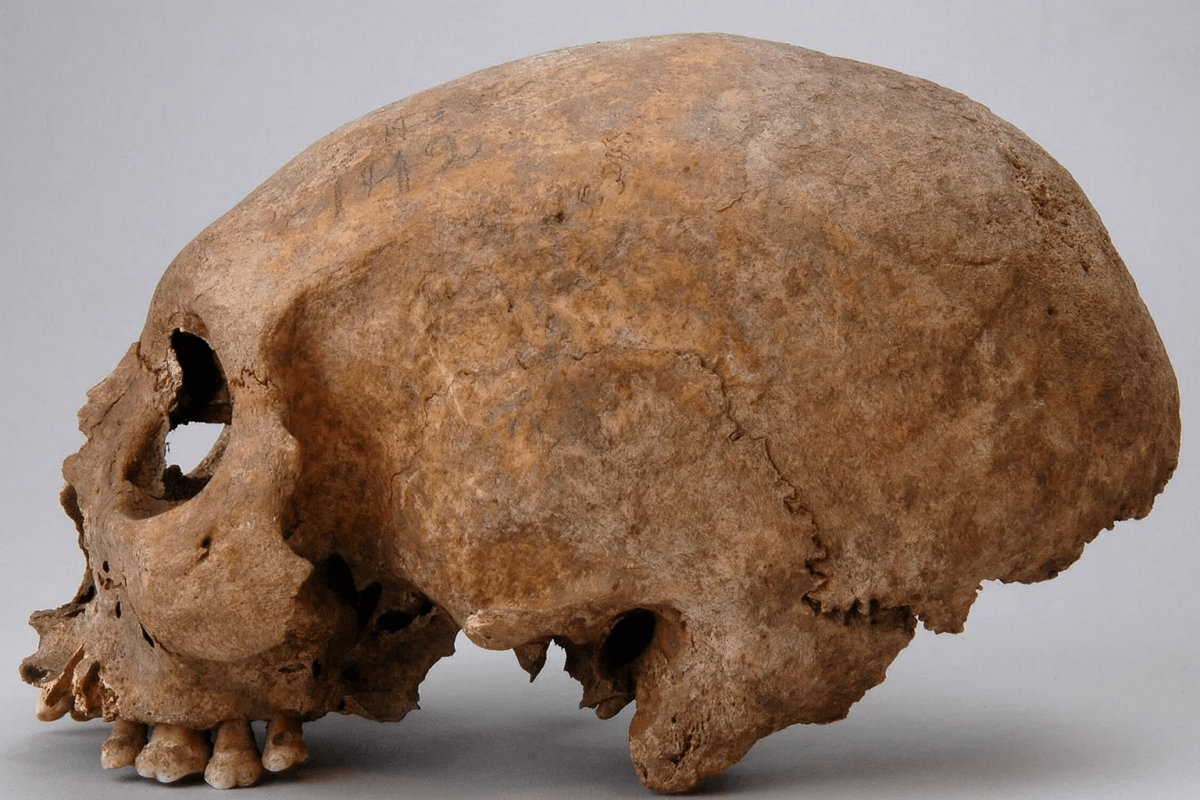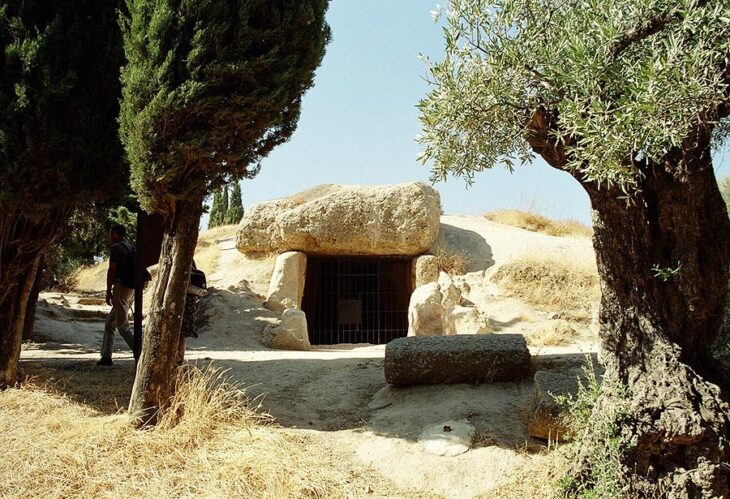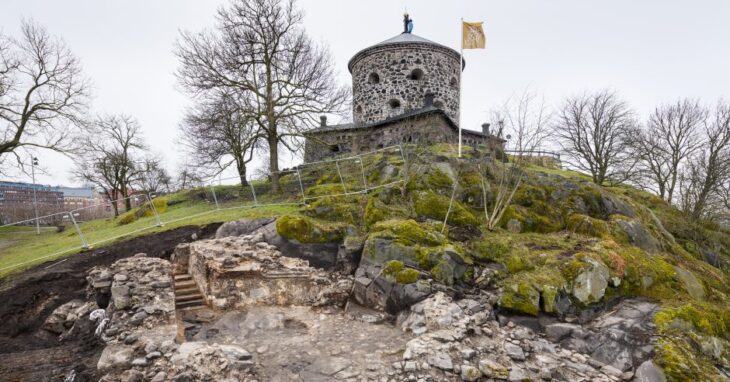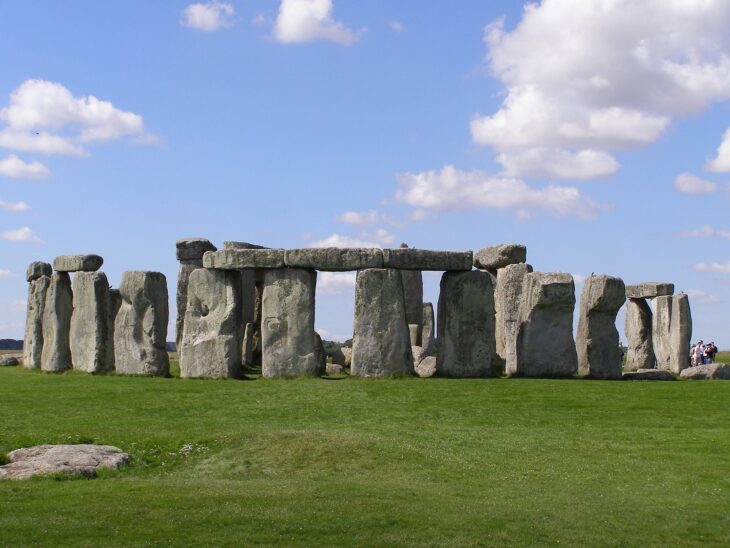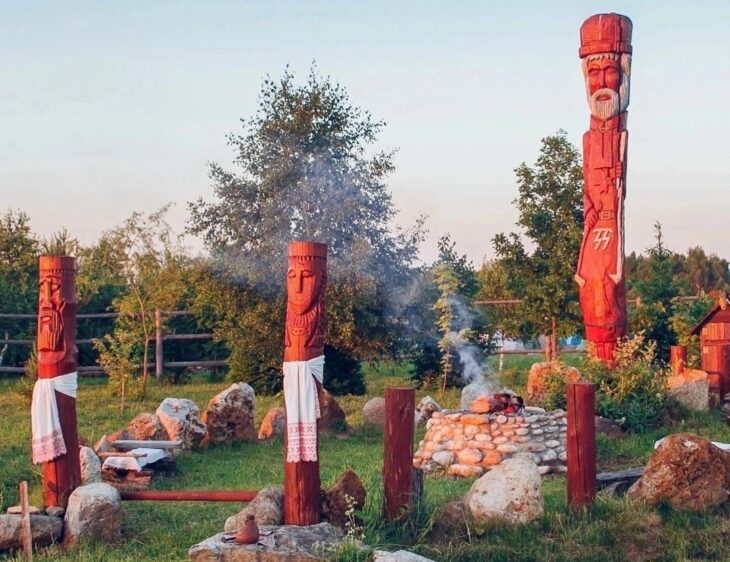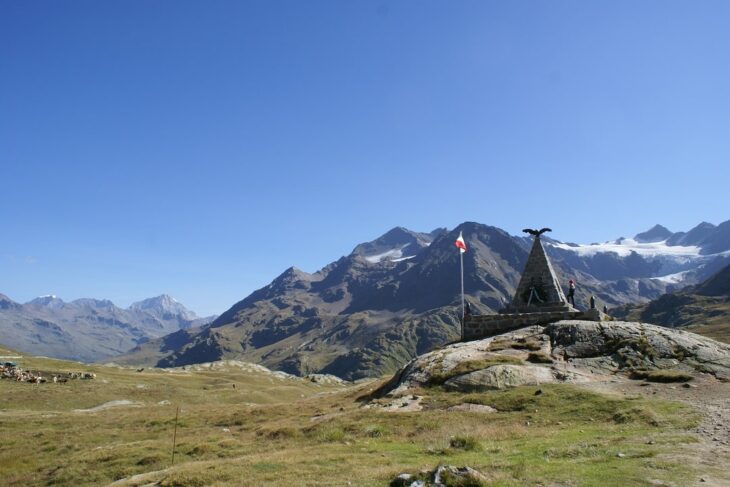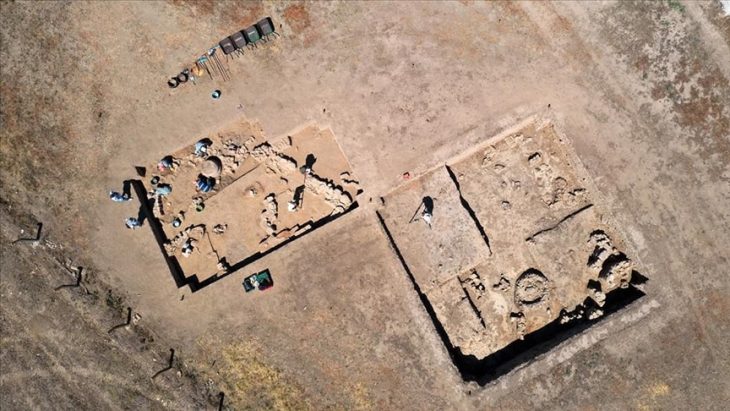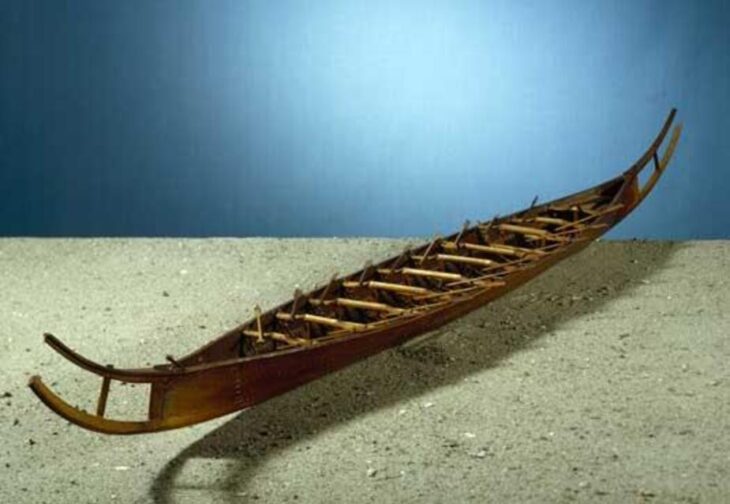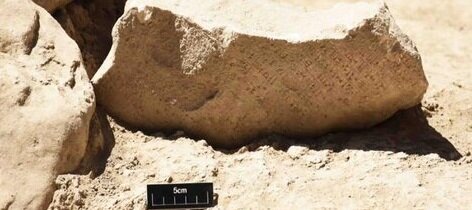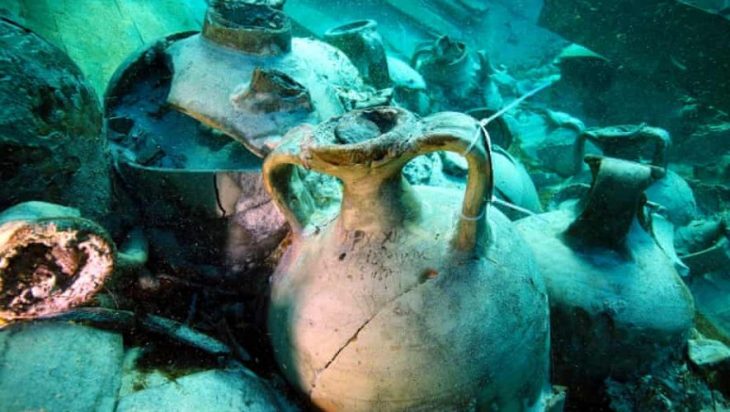In recent years, research has provided evidence for permanent body modification in the Viking Age. The latest of these investigations focused on the discovery of three Viking Age women from the Baltic Sea island of Gotland who had their skulls lengthened. This investigation sheds light on the fascinating tradition of body modification prevalent among the Norse and Vikings.
The study, authored by Matthias Toplak and Lukas Kerk and published in the journal Current Swedish Archaeology, has identified around 130 individuals, mainly men, with horizontal grooves carved into their teeth, with a surprising concentration on Gotland.
Although there have been many interpretations of these dental changes, ranging from slave markings to symbols of warrior elites, the researchers suggest that on closer examination they may have served as identity markers within a closed group of traders.
Artificial cranial modifications in the Viking Age are so far known from just three female individuals from Gotland. Dating back to the latter part of the eleventh century, all three women were interred in different locations across Gotland. Their skull modifications gave them a unique and remarkable appearance, elongating their heads.
Further details are discerned in two of the cases: one woman passed away between the ages of 25 and 30, while the other was between 55 and 60 years old.
📣 Our WhatsApp channel is now LIVE! Stay up-to-date with the latest news and updates, just click here to follow us on WhatsApp and never miss a thing!!
These cranial alterations, unlike dental modifications, appear to be alien to Scandinavian Viking culture; cases dating from the 9th to the 11th century AD have been found in Eastern Europe, suggesting that they may have originated there.

The presence of these women with modified skulls raises questions about how Gotland society interacted with and reinterpreted this form of foreign identity, the practices of which are still unknown when they arrived in Scandinavia.
“It remains unclear how the custom of skull modification reached Gotland,” the authors write. ”Either the three females from Havor, Ire, and Kvie were born in south-eastern Europe, perhaps as children of Gotlandic or East Baltic traders, and their skulls were modified there in the first years of life. Or the modifications were made on Gotland or in the eastern Baltic, respectively, and thus represent a cultural adoption long unknown to the Scandinavian Viking Age. A common background of the three females can be assumed due to the close chronological dating of the three burials, and especially due to the very similar execution of the skull modifications.”
These three women’s elaborately decorated tombs, which feature jewelry and other accessories typical of Gotland women’s clothing, suggest they were accepted and integrated into the local community. While the religious affiliations of these women remain unknown, Toplak and Kerk propose they were laid to rest within a Christian framework.
Cover Photo: Artificially modified skull from the female individual in grave 192 from Havor, Hablingbo parish, Gotland. © SHM/Johnny Karlsson 2008-11-05 (CC BY 2.5 SE)

